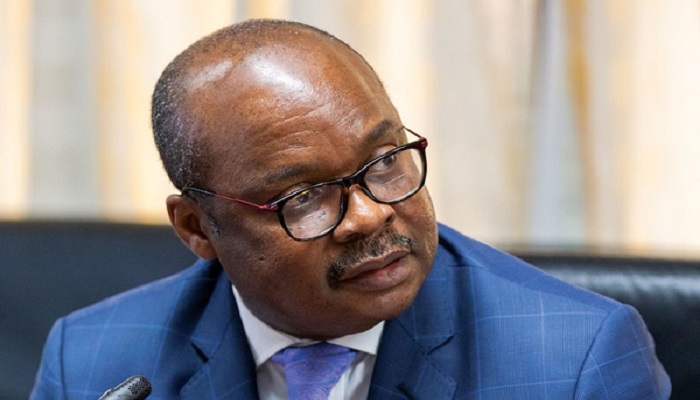Only 7% of assets recovered from collapsed banks – BoG
Litigation by defunct banks is delaying the recoupment of assets, totalling GH¢25 billion, the Governor of the Bank of Ghana (BoG), Dr Ernest Addison, has said.
According to him, the government has only been able to recover GH¢ 1.7 billion of the GH¢25 billion.
The amount represents 7% of the total amount that the government needs to recoup from the banks’ assets, which collapsed in 2017.
He made this disclosure at a press briefing on Monday, May 31.
“Part of the problem for the government is due to the ongoing court cases. Things are not going as fast as we would want them to,” Dr Addison said.
The BoG embarked on a clean-up exercise in 2017 to sanitise the financial sector.
Among issues that led to the reform were governance, insolvency and liquidity.
As part of the exercise, universal banks operating in the country were required to have a new minimum capital of GH¢400 million by the end of 2018.
This resulted in a reduction in the number of banks, as several existing universal banks had their licences revoked while others were merged.
GCB Bank Ltd took over UT Bank and Capital Bank. At the same time, UniBank Ghana, Beige Bank, Royal Bank, Sovereign Bank, Construction Bank were amalgamated into the Consolidated Bank Ghana (CBG) Ltd.
The government used the sum of GH¢21 billion for the financial sector clean-up, which saw the collapse of nine universal banks, 347 microfinance companies and 39 microcredit companies/money-lenders.
This exercise affected about 4.6 million depositors.
Financial reforms in Ghana
Ghana became the first Sub-Saharan African country to embrace a comprehensive financial sector reform in 1987.
The reform was part of the country’s structural adjustment programme, initiated in 1983.
In 1989, Ghana, through the support of the World Bank and the International Monetary Fund (IMF) launched the Financial Institutions’ Sector Adjustment Programme (FINSAP).
The programme was to address the institutional deficiencies of the financial system at the time through restructuring of distressed banks.
Reforms in legislation and supervisory system was also strengthened to permit new entry into financial markets by public and private sector financial institutions, while the money and capital markets were developed.
Further liberalisation of financial markets took place in 1992 with the adoption of indirect instruments of monetary control.
This entailed the introduction of market determined Treasury Bill rates, and in 1994, and in 1989, the second phase of the exercise was carried out.
This time, it involved balance sheet restructuring and reforms to management of financial institutions and their operating procedures.



